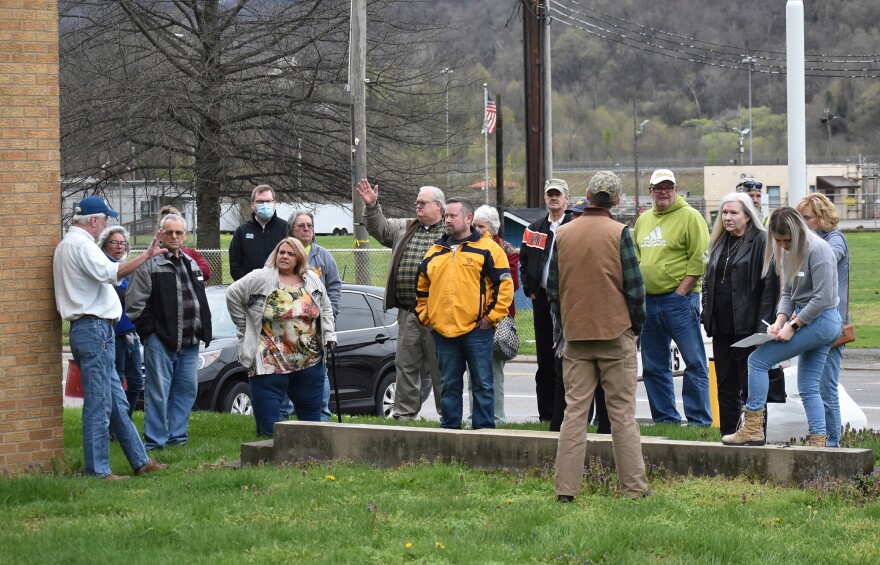Bridge Day Is On And The Kitchen Table Tour, This West Virginia Week
On this West Virginia Week, despite a government shutdown and the closure of national parks across the country, parks in West Virginia are staying open – for now. Also, a new book looks at the last public hanging in America. And, they’re out ...
Continue Reading Take Me to More News
























